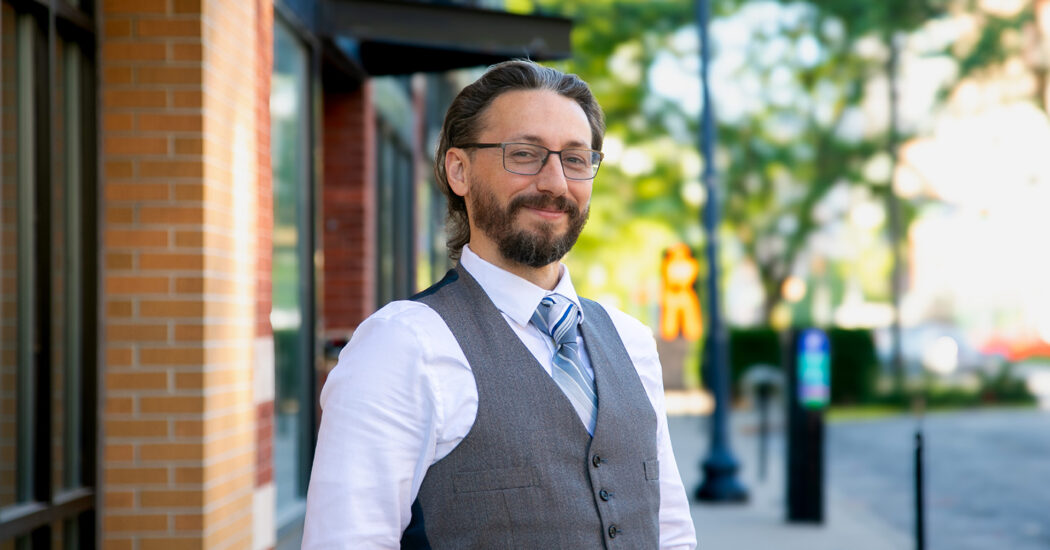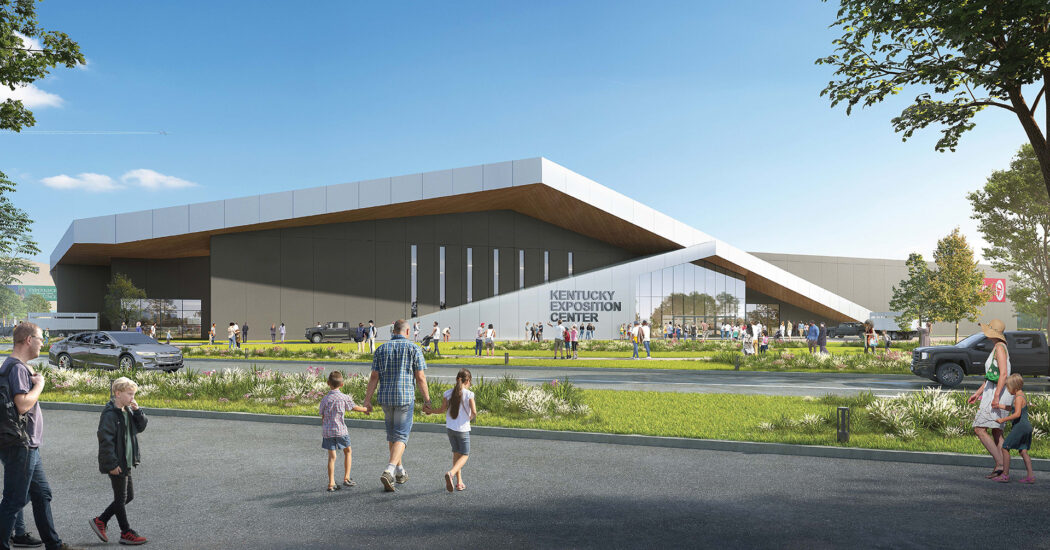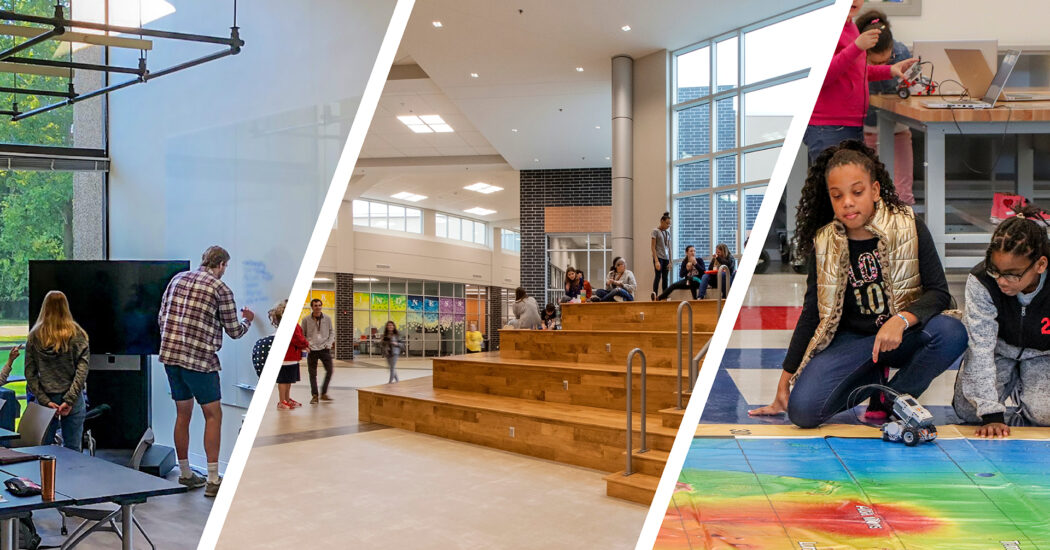Designing Culinary Centers
-
Category
Studio-Higher Ed, Innovation -
Posted By
Kevin Shelley -
Posted On
Aug 18, 2015
Culinary centers are unique from start to finish, from the initial planning of the lab layout to the finishing technological touches. Schmidt Associates has experience in designing such state-of-the-art facilities. We’ve outlined 4 things that you should know about culinary centers.
- The Growing Demand for Culinary Centers
- What is in a Culinary Center?
- The Sequence of Events
- Main Takeaways
In this blog we will focus on the first two takeaways. Be sure to check back for our next post on The Sequence of Events and Main Takeaways.
The Growing Demand for Culinary Centers
Recent lifestyle changes in our society have led people to eat out more and cook at home less, which creates a demand for more restaurants and a greater diversity in cuisine options. In addition, foodies are on the rise, which only adds to the demands for more authentic, gourmet restaurants and chefs. With these societal demands and the growing restaurant culture, people are beginning to realize that it’s possible to make a career out of cooking. Simply put, our society is embracing the restaurant culture, thus growing the demand for culinary centers at schools.
However, the big downfall with the growing demand for culinary centers rests in the expense of the labs. One of Schmidt Associate’s recent culinary centers has $2-3M in equipment alone with another $500,000 in audio and video displays. So while culinary centers are in demand, you probably won’t see them popping up everywhere anytime soon.
What is in a Culinary Center?
Culinary centers have various labs that cater to specific categories of food preparation. These labs are based on both programming and budget. Labs are typically sized for 20-24 students, but the space and equipment needed are massive in relation to the class size. Regardless of class size, most culinary centers will always have a general cooking lab and a general baking lab. Other lab options include meat fabrication labs (for learning how to prepare and butcher meats), bakery and bread labs, chocolate labs, garde manger labs (for preparing salads, sushi, hors d’oeuvre, etc.), and garde manger aging rooms (for aging meats, cheeses, etc.).
In terms of requirements for these labs, certain specialty rooms, such as garde manger aging rooms and chocolate labs, require specific temperature and humidity controls for proper preparation. Demonstrations are a huge part of culinary classes. This means space and video technology are a necessity in order for the entire class to fully see the demonstration. And like any kitchen restaurant function, how the food flows from delivery to serving is critical to its success. More on that in the next blog…
Don’t forget to come back and learn about The Sequence of Events and Main Takeaways.







